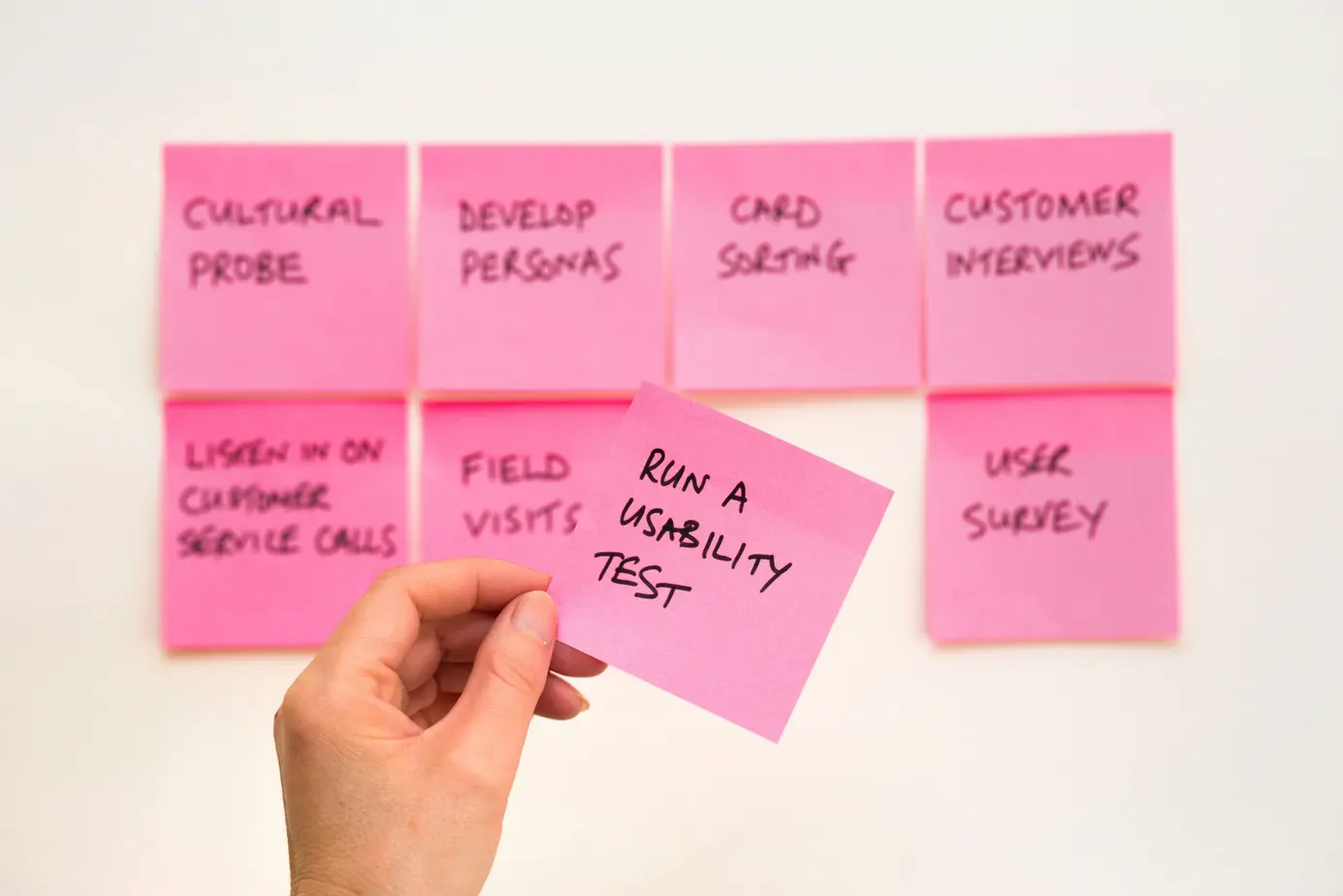Testing — Definition, History, Uses, and Examples
An engaging guide to the word “testing”: what it means, where it came from, how it’s used across industries, common misconceptions, and practical examples to help you use the word precisely and confidently.
Definition and quick overview of “testing”
Testing is the act, process, or procedure of evaluating, measuring, verifying, or trying something to determine its quality, performance, safety, validity, or effectiveness. As a noun and a gerund (the present participle of the verb “to test”), “testing” appears in everyday language, science, business, education, and technology.
Simple: testing = systematically checking whether something works or meets a standard.
History and etymology of the word “testing”
The modern English word “test” and its derivative “testing” trace back to medieval Europe. The most commonly cited origin is:
- From Old French “test” or “tester” (a pot or a cup used for assaying metals), ultimately from Latin “testa” meaning “earthen pot” or “shell.”
That literal vessel used to try metals gave rise to the figurative sense of trying, proving, or assaying something. The verb form (to test) and the noun form (a test) entered Middle English around the 14th century. Note: there is a separate Latin root “testis” (witness) that influenced English words like “testify” and “testament,” but the trial/assay sense of “test” is mainly from “testa.”
How “testing” is used in different contexts — culture, business, and daily life
Everyday language
People use “testing” casually to mean trying something out or checking it: “I’m testing this recipe” or “This situation is testing my patience.”
Business and product contexts
In business, testing verifies product quality, market fit, or operational readiness. Examples include product testing, user testing, QA (quality assurance), and A/B testing for marketing.
Science and research
Testing is the backbone of the scientific method: experiments, hypothesis testing, lab assays, and statistical hypothesis tests (e.g., t-tests, chi-square tests).
Education
Testing commonly refers to exams and assessments used to measure knowledge, ability, or progress—standardized tests, formative tests, and summative assessments.
Healthcare
Medical testing includes diagnostic tests (blood tests, imaging, PCR tests) and screening procedures intended to detect disease or health risk factors.
Culture & idioms
“Testing” appears in idioms like “the test of time” (long-term durability) or “put to the test” (subjected to scrutiny).
Industry-specific and niche meanings of “testing”
Software testing
Common subtypes:
- Unit testing — verifying individual components or functions.
- Integration testing — checking combined parts work together.
- System testing — evaluating a complete system.
- Acceptance testing — confirming requirements are met (e.g., UAT).
- Regression testing — ensuring new changes don’t break existing behavior.
- Performance and security testing — load tests, penetration tests.
Statistical & scientific testing
Hypothesis testing in statistics involves null and alternative hypotheses, significance levels, p-values, Type I/II errors, and tests like t-tests, ANOVA, and chi-square tests.
Medical and laboratory testing
Clinical diagnostics (blood chemistry, PCR for pathogens, imaging tests), lab assays (ELISA, mass spectrometry), and regulatory testing (FDA compliance).
Manufacturing and product testing
Stress testing, safety testing, environmental testing (temperature, humidity), and compliance testing for standards (CE, UL).
Marketing and UX
A/B and multivariate testing measure user preference and conversion rates to optimize messaging, layout, and design.
Psychometrics and assessments
Personality tests, IQ tests, and other standardized instruments designed to measure psychological traits and abilities.
Examples of “testing” in real-world usage
Here are illustrative sentences showing different meanings and contexts:
- Everyday: “I’m testing the new coffee maker to see how quickly it brews.”
- Software: “We run automated testing every night to detect regressions.”
- Medical: “The doctor ordered blood testing to check for infection.”
- Education: “The school uses periodic testing to measure student progress.”
- Marketing: “We are A/B testing two landing pages to increase conversions.”
- Science: “The hypothesis was rejected based on statistical testing at the 0.05 level.”
- Manufacturing: “The device failed pressure testing and needs redesign.”
- Cultural idiom: “The company’s resilience was put to the test during the recession.”
Common mistakes and misconceptions about “testing”
- Testing proves there are no bugs: Testing can demonstrate the presence of defects, but it cannot prove a product is entirely free of defects.
- More testing always equals better quality: Quantity is not a substitute for targeted, well-designed testing. Coverage and relevance matter.
- QA is identical to testing: Quality assurance includes process improvements and prevention; testing is a subset focused on detection.
- Automated tests replace human testing: Automation increases efficiency but cannot fully replace exploratory or usability testing done by humans.
- Misuse of statistical tests: Interpreting p-values as the probability that the null hypothesis is true is incorrect; p-values measure data compatibility with the null model.
- Confusing validation and verification: Verification asks “Did we build the product right?” Validation asks “Did we build the right product?” — both are important.
SEO-rich keywords and variations related to “testing”
Use these keywords and variations to optimize content about testing for search engines:
- testing
- what is testing
- testing definition
- types of testing
- software testing
- medical testing
- statistical testing
- product testing
- quality assurance testing
- how to test
- testing methods
- importance of testing
- testing examples
- A/B testing
- hypothesis testing
Tip: include long-tail keywords like “how to perform unit testing,” “best practices for A/B testing,” or “medical testing accuracy” to capture specific search intent.


